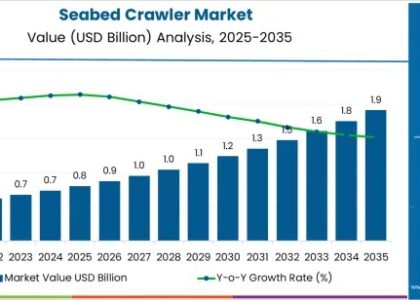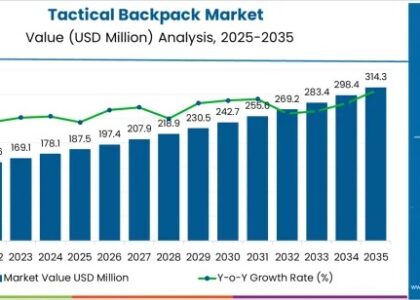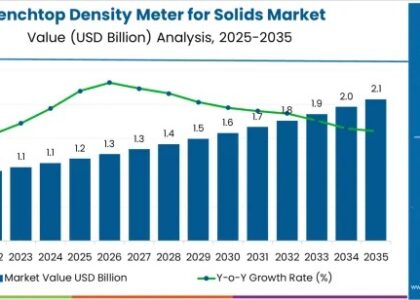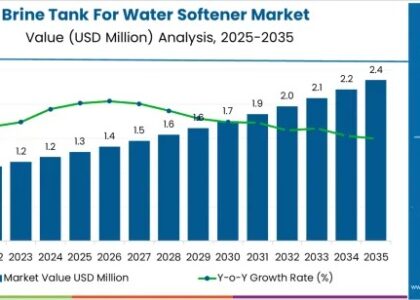Collaborative robots, also known as cobots, are revolutionizing the way humans and machines interact in the workplace. These user-friendly robots are designed to work safely alongside people, assisting with repetitive tasks, improving productivity, and enhancing worker safety. The collaborative robots market is experiencing significant growth, driven by several key factors:
Market Drivers: A Perfect Blend of Human and Machine
- Rising Demand for Automation: The increasing pressure to automate tasks to remain competitive is fueling the adoption of cobots, particularly in industries facing labor shortages.
- Focus on Worker Safety: Cobots are programmed to operate safely around humans, eliminating the need for complex safety cages and reducing workplace injuries.
- Ease of Use and Programming: Unlike traditional industrial robots, cobots are designed to be user-friendly and easy to program, even for workers with limited technical expertise.
- Versatility and Flexibility: Cobots can be adapted to perform a wide range of tasks, from assembly and material handling to quality control and machine tending, offering greater flexibility in production processes.
- Cost-Effectiveness and ROI: Compared to traditional industrial robots, cobots are typically more affordable and offer a faster return on investment, making them attractive for small and medium-sized enterprises (SMEs).
Get Exclusive Sample Copy of the Report: https://www.futuremarketinsights.com/reports/sample/rep-gb-8641
Shaping the Future: A Collaborative Outlook
The collaborative robots market is witnessing exciting trends that will influence its future development:
- Focus on Artificial Intelligence (AI) and Machine Learning (ML): Integrating AI and ML can enhance cobot capabilities, enabling them to adapt to changing environments, learn new tasks, and improve their collaboration with human workers.
- Emphasis on Smart Manufacturing: Cobots will play a crucial role in smart manufacturing ecosystems, seamlessly integrating with other machines and software for data-driven production processes.
- Focus on Cobot Security: As cobots become more sophisticated, cybersecurity measures will be crucial to ensure their safe and reliable operation.
- Growing Demand for Collaborative Applications: The market will likely see an increase in cobot applications beyond simple tasks, potentially assisting with complex assembly lines or interacting with humans in new ways.
- Emphasis on User-Centric Design: Manufacturers will focus on developing cobots that are even more user-friendly, intuitive, and comfortable for humans to work alongside.
Opportunities for Continued Growth
The collaborative robots market presents a wealth of opportunities for manufacturers and distributors:
- Focus on After-Sales Services: Offering comprehensive after-sales support, including training programs, technical assistance, and readily available spare parts, is crucial for customer satisfaction and brand loyalty.
- Emphasis on Innovation: Developing new cobot functionalities, improving ease of use, and focusing on user-centric design can keep manufacturers ahead of the curve.
- Focus on Specific Applications: Developing specialized cobots for unique industry needs, such as cobots for medical device assembly or those suitable for cleanroom environments.
- Expanding into New Markets: As awareness of cobots grows, the market is expected to expand beyond traditional manufacturing sectors and into healthcare, logistics, and other service industries.
- Emphasis on User Education and Training: Providing educational resources and training programs can help potential users understand the benefits of cobots and overcome adoption hurdles.
Read more info: https://www.futuremarketinsights.com/reports/collaborative-robot-market





